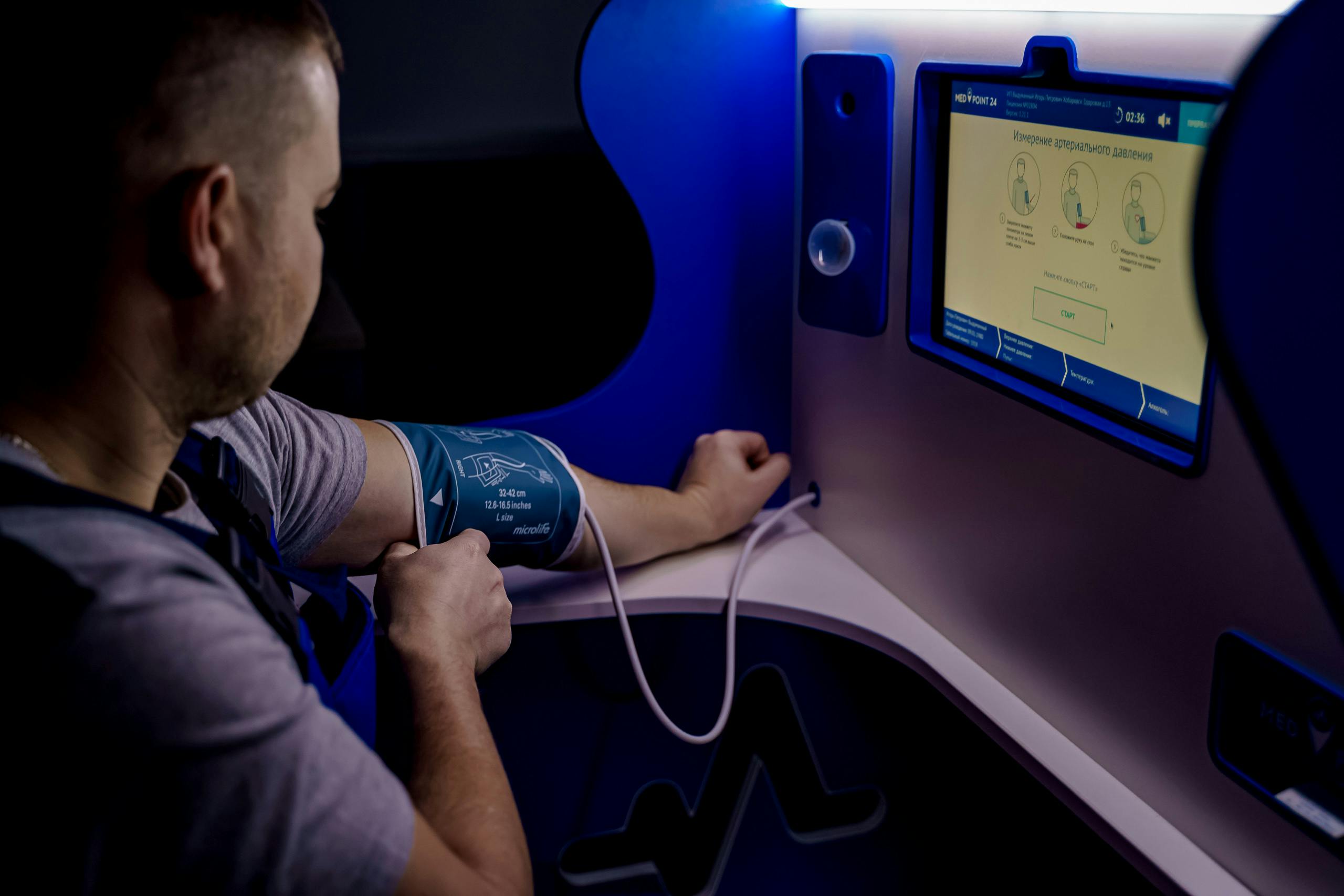
AI in Healthcare: Remote Monitoring and Telemedicine
The integration of artificial intelligence (AI) in healthcare is revolutionizing the industry at an unprecedented pace. Among the various applications of AI, remote monitoring and telemedicine stand out as transformative solutions that are reshaping how patients receive care. In this blog post, we will delve into how AI is enhancing remote monitoring and telemedicine, explore current trends, and provide actionable insights on how these technologies can be leveraged effectively.
The Rise of AI in Healthcare
AI technologies are rapidly being adopted across the healthcare spectrum, driven by the need for efficient and effective healthcare delivery systems. According to a report by Accenture, the AI health market is expected to reach $6.6 billion by 2021, with AI-enabled applications having the potential to save the U.S. healthcare economy up to $150 billion annually by 2026. This growth is largely fueled by AI’s capability to offer predictive analytics, automate routine tasks, and enable personalized medicine.
Remote Monitoring: A New Era of Patient Care
Remote monitoring involves the use of digital technologies to monitor and analyze patient health data remotely. This approach allows healthcare providers to track patient progress, manage chronic diseases, and prevent hospital readmissions without the need for in-person visits. Let’s explore how AI is enhancing remote monitoring.
AI-Powered Wearable Devices
Wearable devices have become a cornerstone in remote patient monitoring. AI-powered wearables, such as smartwatches and fitness trackers, continuously collect and analyze health data like heart rate, physical activity, and sleep patterns. For example, the Apple Watch uses AI algorithms to detect irregular heart rhythms, alerting users to seek medical attention if necessary.
Predictive Analytics for Early Intervention
AI algorithms can process vast amounts of data from wearable devices to identify patterns and predict potential health issues before they become critical. A study published in The Lancet Digital Health journal demonstrated that AI models could predict hospital admissions due to heart failure with remarkable accuracy, enabling early intervention and reducing healthcare costs.
Remote Monitoring for Chronic Conditions
Chronic diseases, such as diabetes and hypertension, require continuous monitoring and management. AI solutions are now being integrated into remote monitoring platforms to provide real-time insights and personalized recommendations. For instance, AI-driven platforms can adjust medication dosages based on the patient’s current health status and historical data, optimizing treatment outcomes.
Telemedicine: Bridging the Gap with AI
Telemedicine refers to the use of telecommunications technology to provide healthcare services remotely. The COVID-19 pandemic has accelerated the adoption of telemedicine, and AI is playing a crucial role in enhancing its effectiveness.
AI-Enhanced Virtual Consultations
AI-driven telemedicine platforms are enhancing virtual consultations by providing decision support tools for healthcare providers. These tools analyze patient data and assist doctors in diagnosing conditions more accurately. For example, AI algorithms can analyze medical images and provide recommendations to radiologists, ensuring more accurate diagnoses during teleconsultations.
Natural Language Processing in Telemedicine
Natural language processing (NLP) is a branch of AI that enables computers to understand and interpret human language. In telemedicine, NLP is being used to transcribe and analyze patient-doctor interactions, ensuring that critical information is captured accurately. This technology also aids in automatic documentation of patient visits, reducing the administrative burden on healthcare providers.
Telemedicine for Mental Health
AI-powered telemedicine platforms are also transforming mental health care. Virtual therapy sessions, facilitated by AI chatbots and virtual assistants, provide patients with immediate support and guidance. These AI tools can engage in therapeutic conversations, offer coping strategies, and escalate cases to human therapists when necessary.
Challenges and Opportunities
While AI in remote monitoring and telemedicine holds immense potential, there are challenges to consider. Data privacy concerns, the need for robust cybersecurity measures, and the digital divide are significant barriers to widespread adoption. However, these challenges also present opportunities for innovation and collaboration among stakeholders to create secure, equitable healthcare solutions.
Actionable Tips for Implementing AI in Healthcare
For healthcare providers looking to integrate AI into remote monitoring and telemedicine, here are some actionable tips:
- Prioritize Data Security: Implement strong data encryption and access controls to protect patient information.
- Invest in Training: Ensure healthcare professionals are trained in AI technologies to maximize their potential.
- Partner with Tech Companies: Collaborate with technology companies specializing in AI to develop customized solutions for your practice.
- Focus on Patient Engagement: Use AI tools to enhance patient engagement and adherence to treatment plans.
- Stay Informed: Keep abreast of the latest AI advancements and regulatory changes in healthcare.
Conclusion
The integration of AI in remote monitoring and telemedicine is reshaping the healthcare landscape, offering unprecedented opportunities for patient care and improved health outcomes. As these technologies continue to evolve, healthcare providers must embrace AI’s potential while addressing the challenges it presents. By doing so, they can unlock new levels of efficiency, accessibility, and personalization in healthcare delivery.
In conclusion, the future of healthcare is undeniably intertwined with AI, and those who harness its power will be at the forefront of delivering innovative, patient-centered care.


